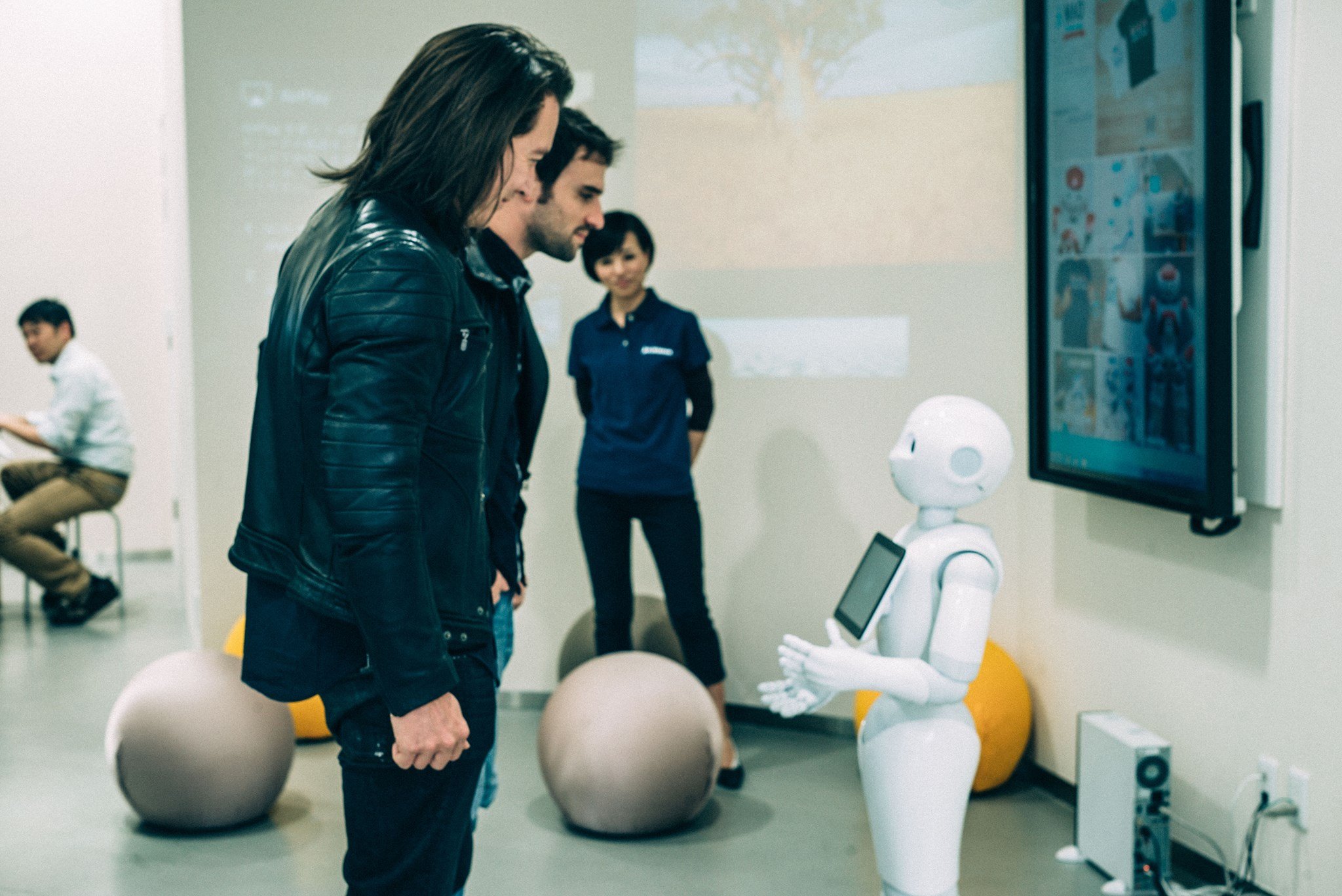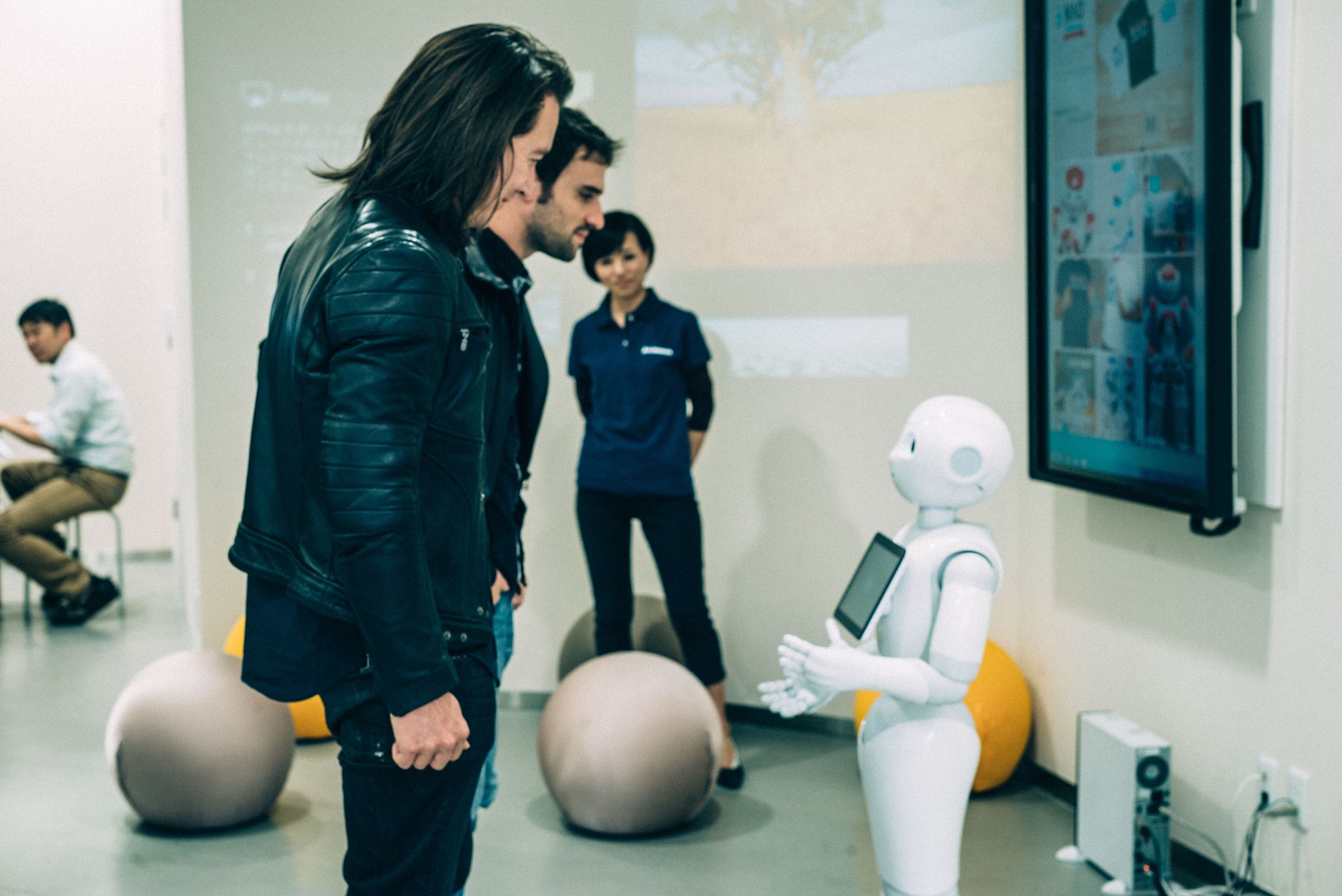An excerpt from The Algorithmic Leader

Automation might not entirely eliminate traditional jobs from your company, but it will absolutely change the nature of those jobs and the skills required to do them.
Imagine that you have a job as a retail merchandiser at Coca- Cola, and that you are responsible for visiting stores and kiosks, advising merchants on how to arrange their products, and checking compliance with the brand guidelines. Now, using a platform like Einstein by Salesforce, a customer can just take a picture of their store’s fridge and the algorithm will tell them what to do and where to place their product. What will the purpose of the retail merchandiser be now that their job has been changed by AI? Which of their skills are still relevant, and what might a career migration path look like?
The rise of mass automation brings with it unavoidable, but not unaddressable, political and social consequences. We have been here before. Economist David Autor argues that near the end of the nineteenth century, agricultural states in America faced the prospect of mass unemployment as more automation was introduced into the farming industry. Rather than waiting to see what might happen, those states drove the high school movement, which required everyone to stay in school until the age of sixteen and became the basis for the K–12 education system that is still in place today.
That education system, however, may not be up to the task that we now face. Andrew Ng, also a pioneer in online education and co-founder of Coursera, believes that our challenge is to find a way to teach people to do non-routine, non-repetitive work. To date, our education system has not been good at doing that either at scale or fast enough to keep pace with rapid industry change.
That leaves a lot of the responsibility for education in the hands of employers. Some have already stepped up to the challenge. United Technologies, for example, pays employees’ tuition bills up to $12,000 a year. Facebook offers free AI classes for all their employees, whether or not they work in IT, while Microsoft’s performance review system includes an appraisal of how employees have learned from others and how they have applied that knowledge. However, training is not enough, unless it helps employees migrate to a new way of working and thinking. A good example of a scaled-up migration initiative is AT&T’s Workforce Reskilling and Pivot Program. AT&T is one of the world’s largest employers. The average tenure at AT&T is twelve years, twenty-two if you don’t count the people working in call centers. Internal research com- pleted in 2013 found that 100,000 of AT&T’s 240,000 workers were in roles that the company probably wouldn’t need in a decade. Worse, when the company’s leadership began to analyze the kinds of roles that they would need, they realized there were serious skill gaps. The company would need a lot more coding skills, for example, and more leaders who could make smart decisions based on data and analytics.
To address this, the company kicked off a major reorganization. They streamlined the thousands of job titles that existed at AT&T into fewer and broader categories that clustered similar skills. This simpler classification allowed employees to start planning a more diverse career path through the company and to focus on the new skills they would need.
As part of this overhaul, AT&T created an online system called Career Intelligence that allowed their employees to identify alternative positions, see what skills were required, find out how many positions are available, investigate whether the segment was projected to grow or shrink, and explore what they might earn. However, there was a catch: while the training was free and some of the learning modules could be done at work, employees would have to do much of the work on their own time.
The challenge for companies building retraining programs is that AI is evolving so rapidly, it will be hard to pin down the skills and capabilities that people will need. Even worse than not training an employee for a future job is training them for a job that no longer exists by the time they are ready. Workers will need to constantly upgrade themselves as machines evolve. Algorithmic leaders will have a responsibility, and an incentive, to ensure that both they and the people around them are able to stay just a little further ahead on the curve of the AI revolution in order to remain relevant and valuable.
While lifelong learning is a standard cliché of large organizations, it takes on an entirely new meaning in an age of machine intelligence.




